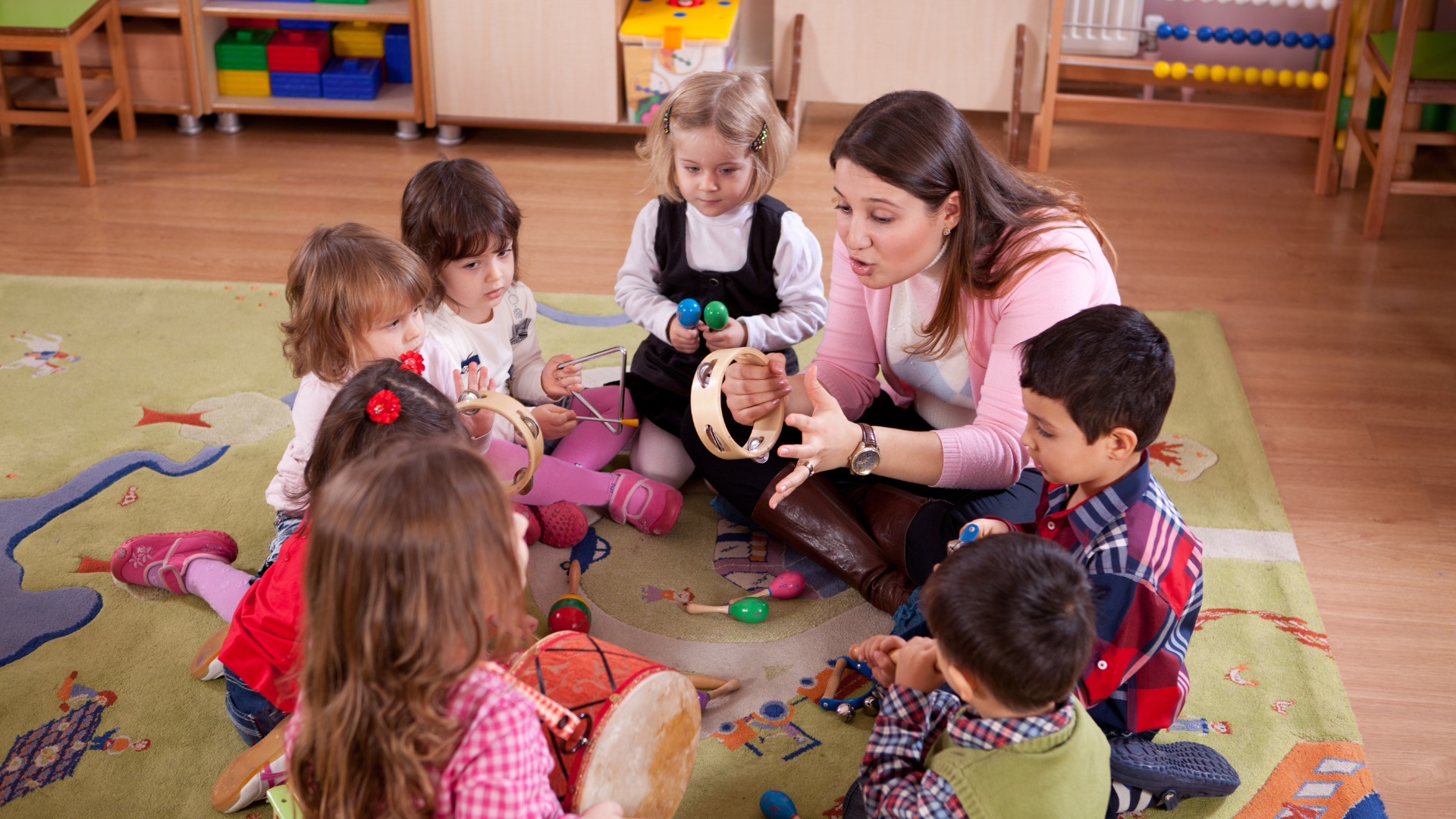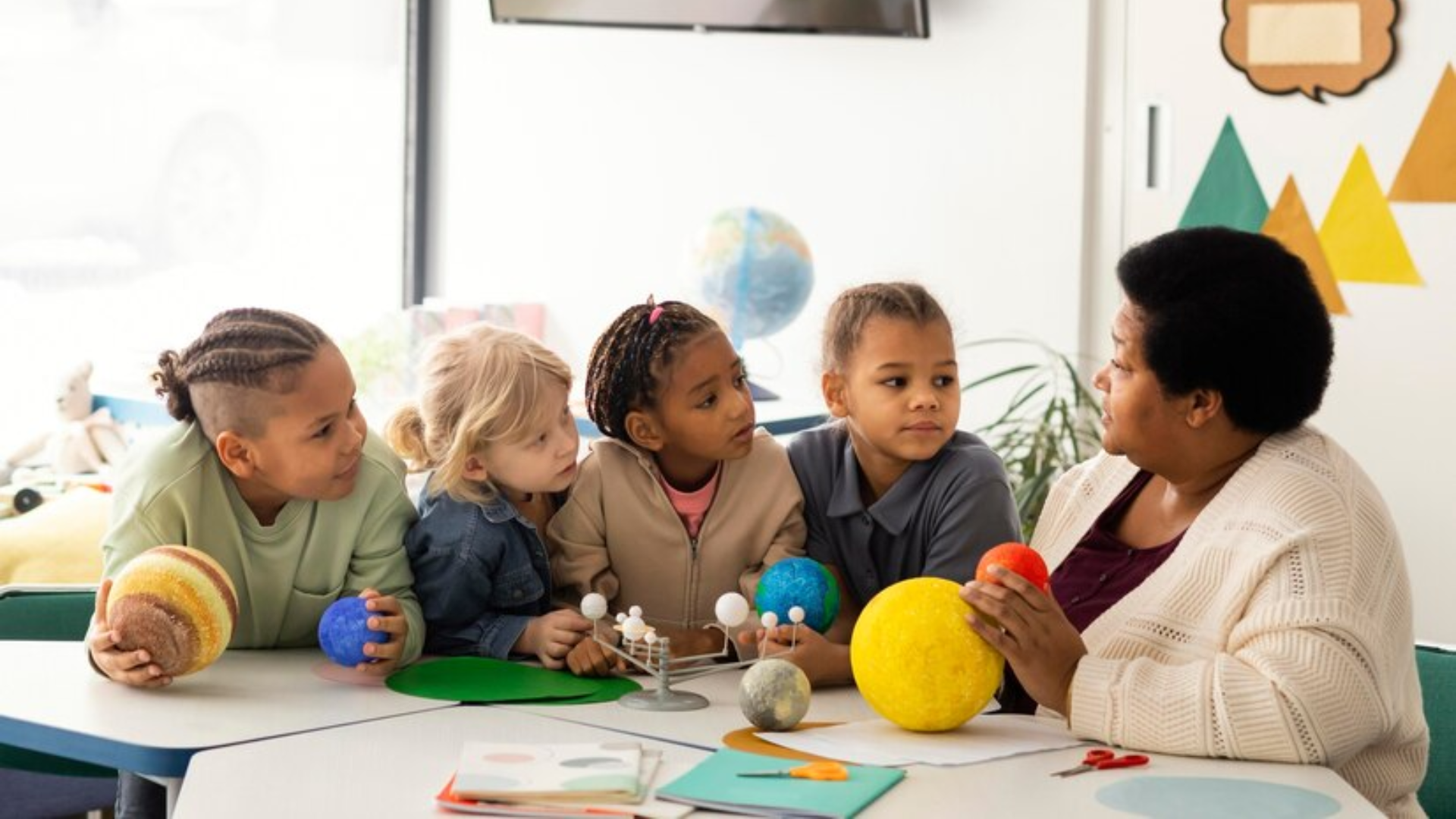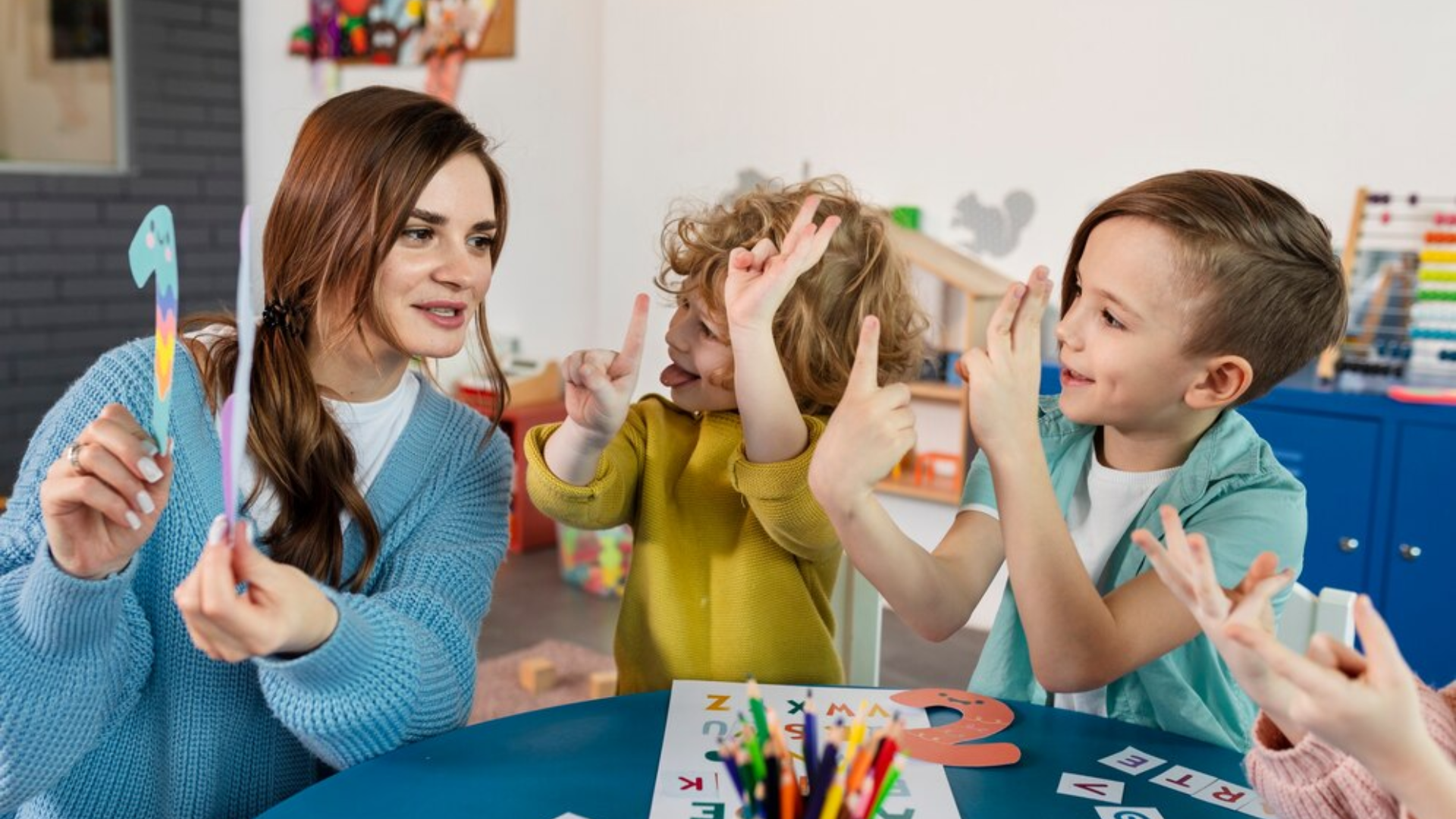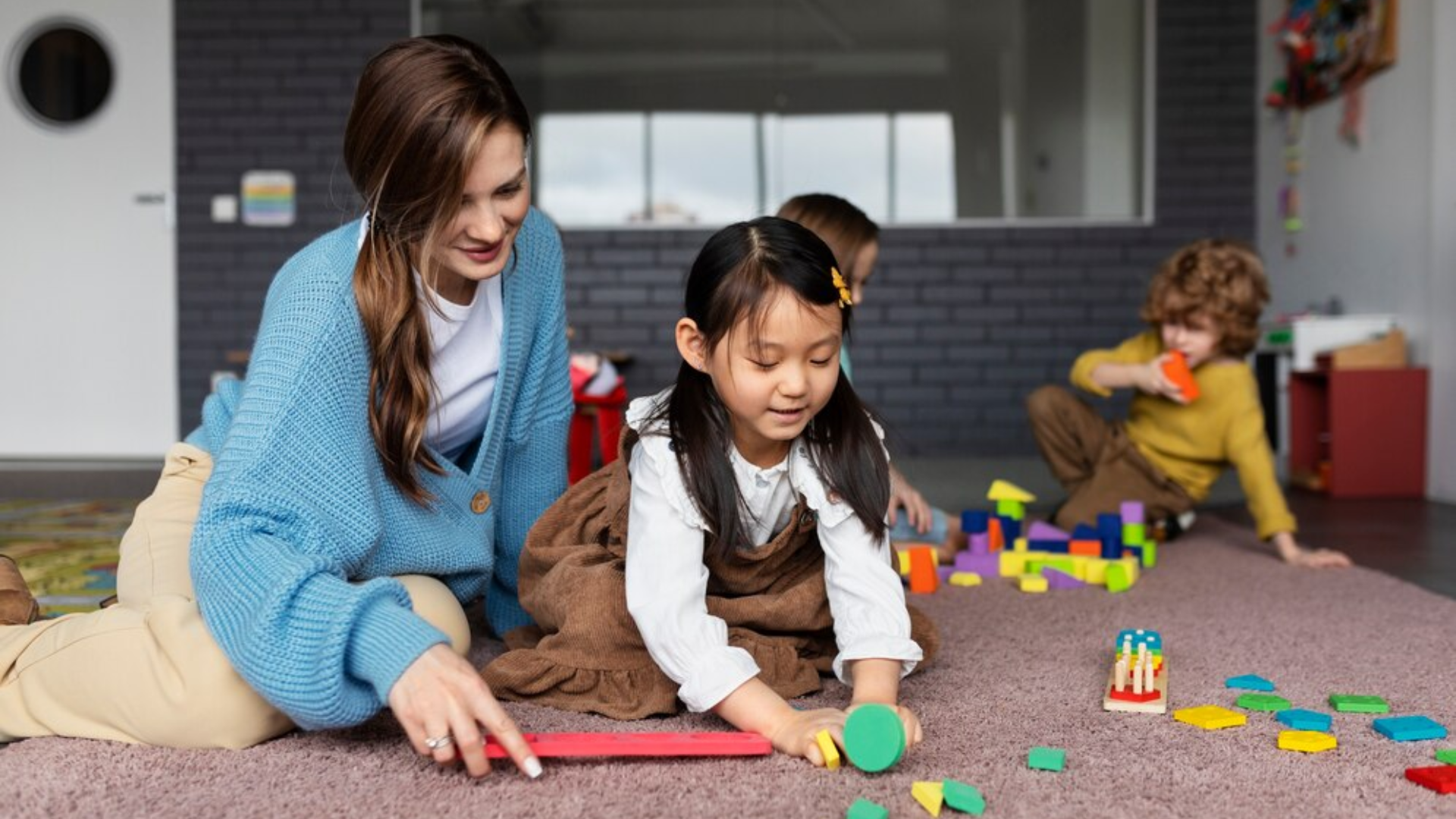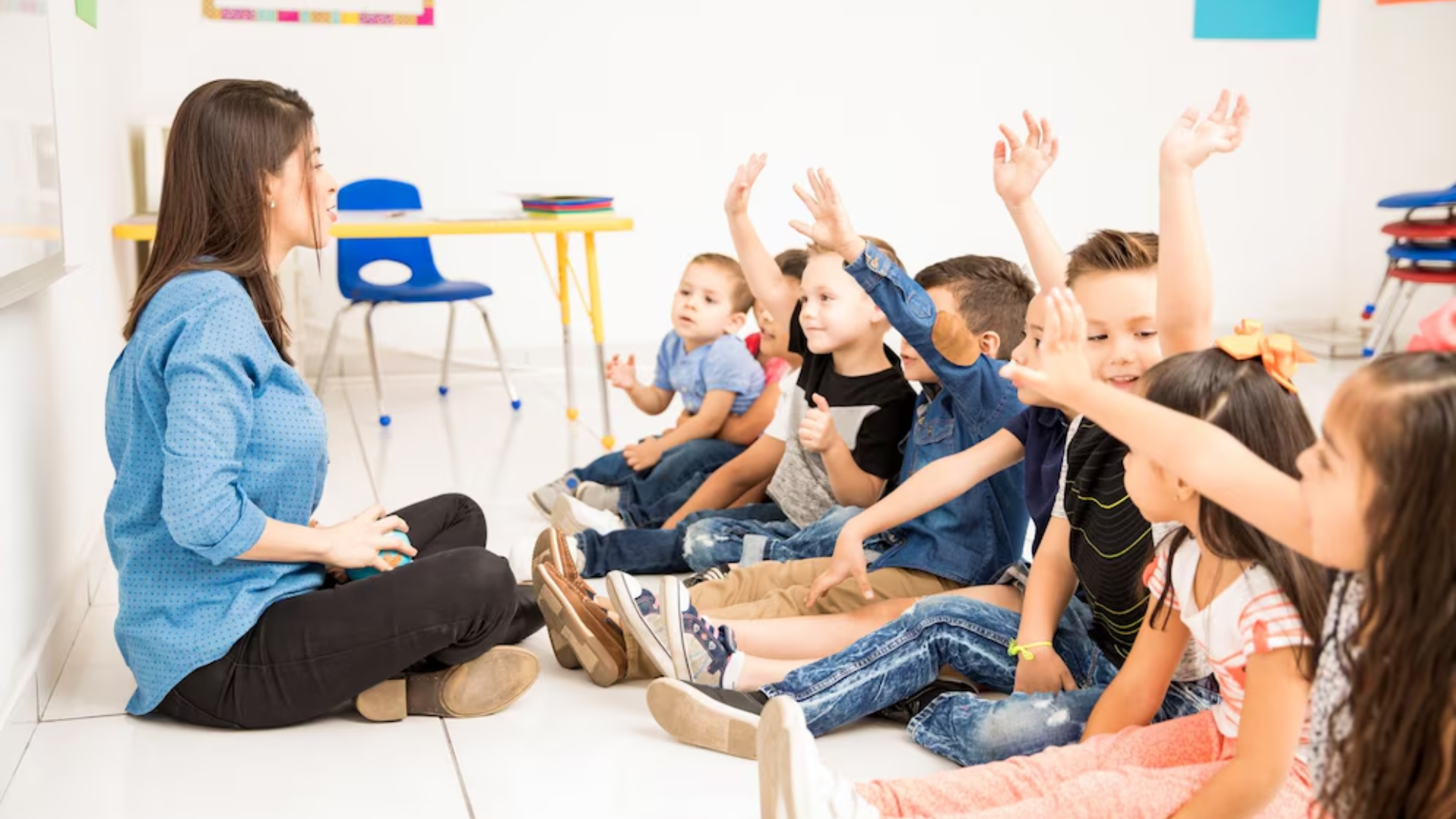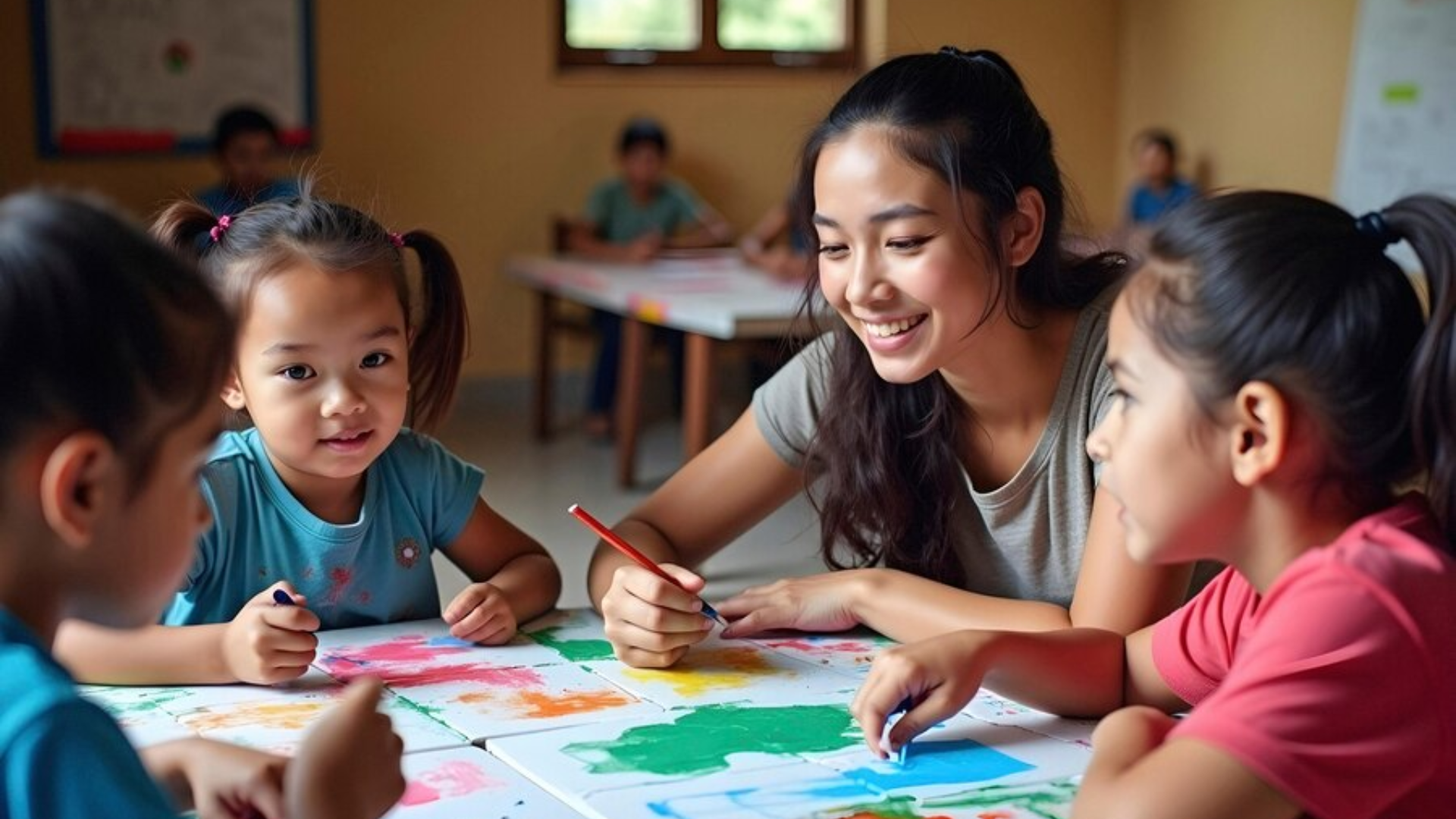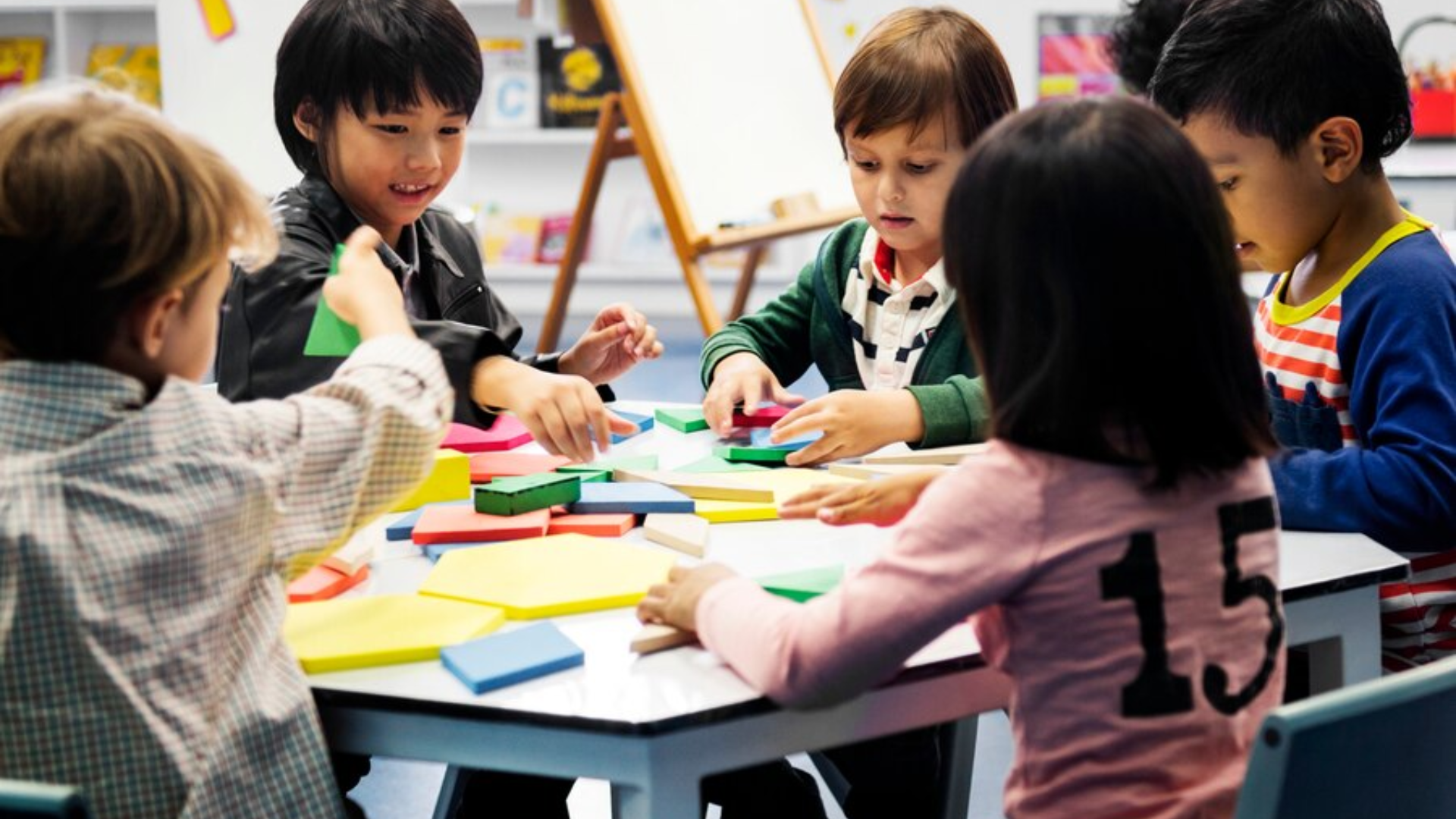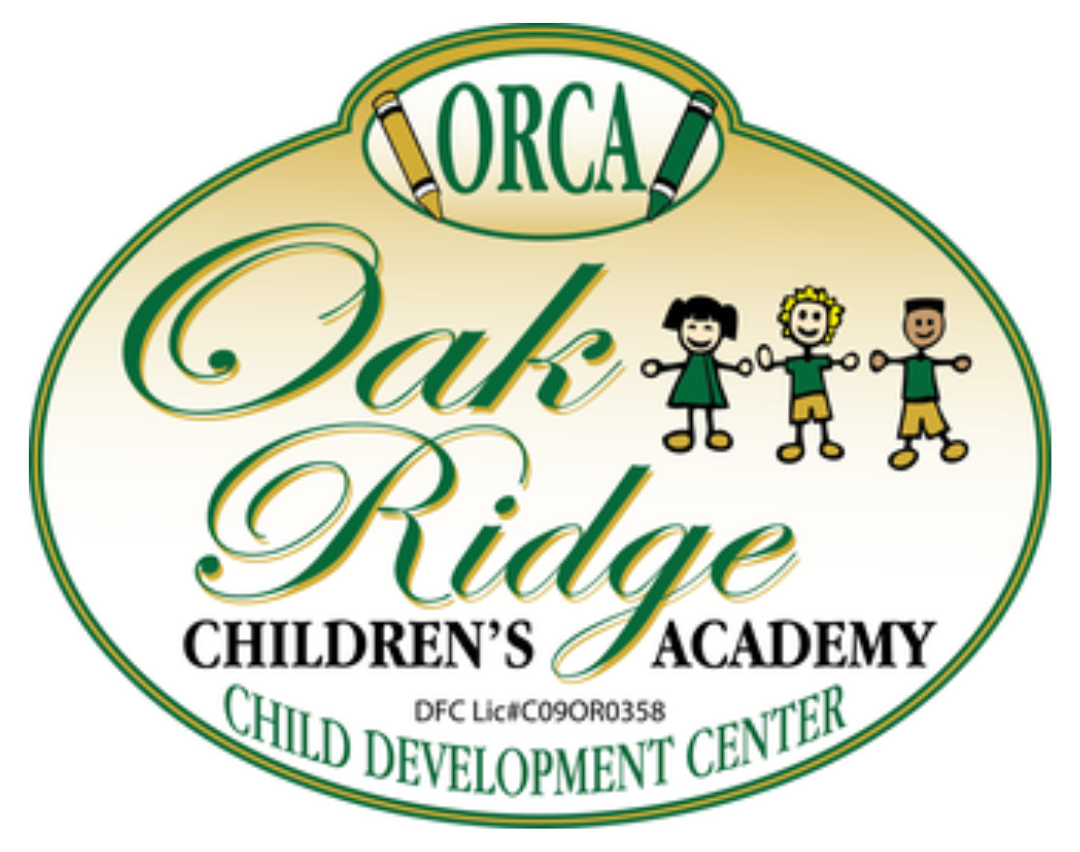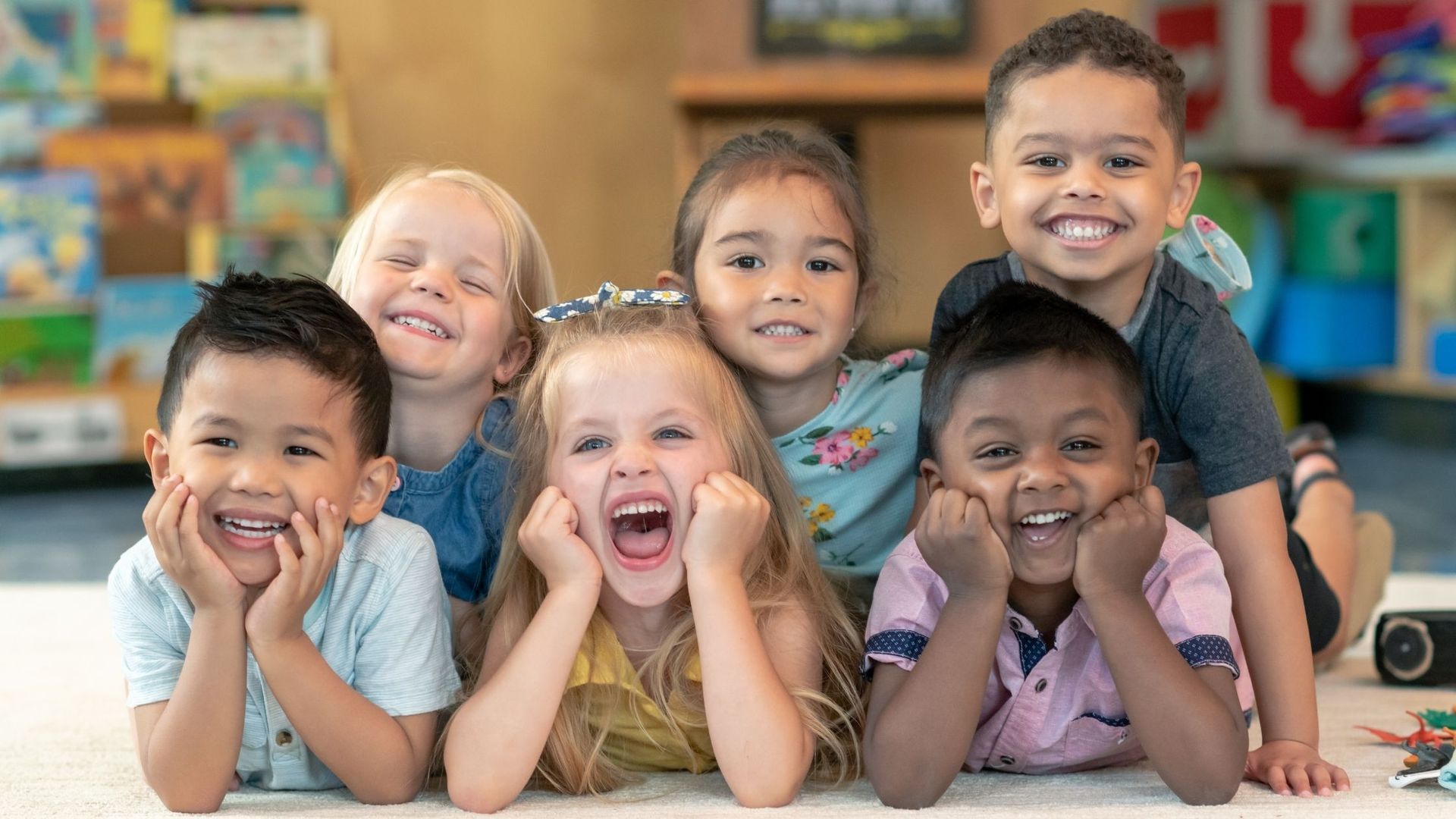How Much Structure Do Young Children Really Need?
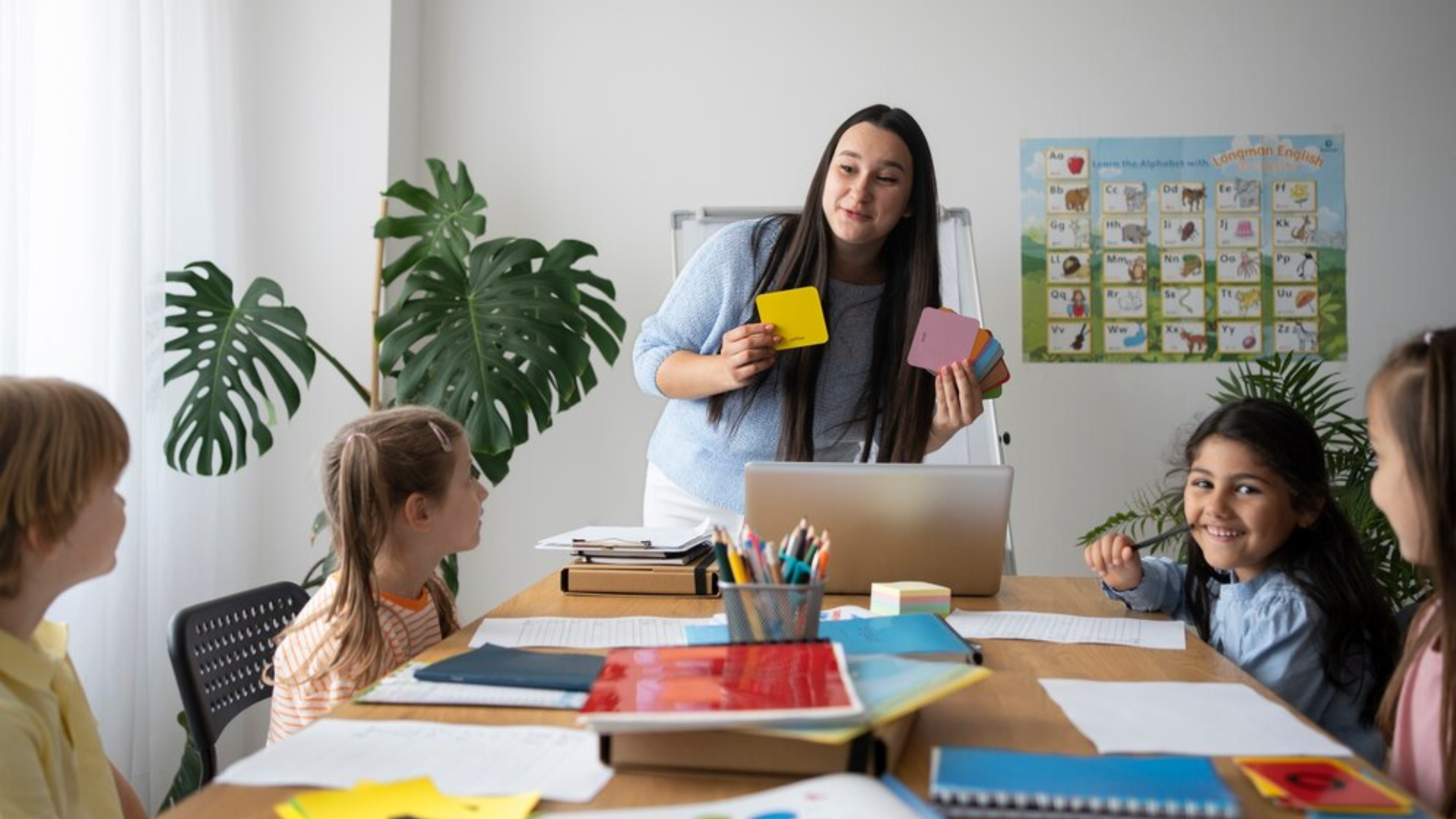
As parents and caregivers, it’s natural to wonder how much structure is necessary for young children to thrive. Too much structure can feel stifling, while too little might lead to confusion and insecurity. Striking the right balance between routine and flexibility is key to fostering an environment where children feel safe, confident, and eager to learn.
In this blog post, we’ll explore the role of structure in early childhood education, why it’s important, and how to find the right amount of structure that supports your child’s development.
The Role of Structure in Early Childhood
Young children thrive on routine. From the moment they wake up to when they go to bed, children find comfort in knowing what to expect next. Structure provides a sense of security, allowing children to feel confident in navigating the world around them. However, structure doesn’t just mean strict schedules—it also involves creating an environment that offers predictability, consistency, and clear expectations.
In early childhood education, structure helps children understand the rhythms of daily life. It teaches them about time management, responsibility, and the importance of routines. Structure also helps children learn how to make choices, take turns, and follow instructions, which are essential for their social and cognitive development.
Why Young Children Need Structure
Young children are still developing their ability to self-regulate and manage their emotions. Structure provides them with the framework they need to feel safe and secure in their environment. Here are a few reasons why structure is essential in early childhood:
1. Provides a Sense of Security
Children need predictability to feel secure. When their days follow a consistent pattern, they know what to expect, which reduces anxiety. Knowing that certain activities happen at specific times—like snack time, playtime, and nap time gives children the stability they need to feel safe. This sense of security is crucial for their emotional well-being and helps them build trust in their environment and caregivers.
2. Teaches Time Management and Responsibility
Structure helps children learn about the passage of time and the importance of managing their day. When children have designated times for specific activities, such as circle time, playtime, or group activities, they begin to understand the concept of sequencing and time management. This understanding will serve as the foundation for later academic and life skills, including problem-solving and planning.
Additionally, structure teaches responsibility. By participating in daily routines, such as cleaning up toys after play or putting away their belongings, children learn the value of taking care of their environment and contributing to the community around them.
3. Supports Emotional Development
A predictable routine gives children a sense of control over their environment. When they know what to expect next, they are less likely to feel overwhelmed or anxious. Having structure in their day helps children develop emotional regulation because they know when it’s time to transition from one activity to another. This reduces the likelihood of frustration and tantrums, as children feel more prepared for what’s coming next.
The Importance of Flexibility in Early Childhood
While structure is important, it’s equally essential to allow for flexibility. Too much rigidity can limit children’s ability to explore, make choices, and develop creativity. Flexibility allows children to learn how to adapt to new situations and make decisions based on their interests and needs.
Here are some reasons why flexibility is just as important as structure:
1. Encourages Exploration and Creativity
Children are naturally curious and eager to explore the world around them. Allowing time for free play, where there is no set agenda, fosters creativity and imagination. This type of play enables children to experiment, problem-solve, and develop critical thinking skills. Whether they’re building with blocks, pretending to be a character in a story, or drawing a picture, free play is essential for cognitive development.
In a flexible environment, children can explore different interests at their own pace, which helps them develop a sense of independence and self-discovery. This type of open-ended play is where some of the most valuable learning happens.
2. Fosters Autonomy and Decision-Making Skills
Flexibility in a child’s day allows them to make choices and take ownership of their actions. For example, allowing a child to choose what activity they want to engage in, or which color they want to use during a craft project, helps them develop decision-making skills. This fosters a sense of autonomy and confidence, which is critical for building self-esteem.
Allowing children the freedom to choose within structured parameters also teaches them to respect limits and boundaries while still making their own decisions. It helps them learn how to balance independence with following guidelines.
3. Adapts to Children’s Needs
Children’s needs and moods can vary from day to day. Having some flexibility in the schedule allows for adjustments based on how the children are feeling or what they need in the moment. For example, if a child is particularly tired, a flexible routine might allow for a longer rest period or a quieter activity. On the other hand, if children are feeling energetic, they might benefit from additional outdoor playtime or a more active lesson.
Flexibility in early childhood education ensures that children’s needs are met in a way that supports their emotional and physical well-being.
Finding the Right Balance
So, how much structure is the right amount? The key is finding a balance between routine and flexibility that works for your child. Here are some tips for creating an environment that blends both structure and flexibility:
1. Create a Predictable Daily Routine
A predictable routine helps children feel secure. It’s important to have set times for meals, naps, and other key activities. However, make sure there’s room for spontaneity and exploration during playtime or other less structured moments.
2. Allow for Choice and Autonomy
Incorporate choices throughout the day so that children feel empowered. For example, let them choose what activity they’d like to do during free play or which book they want to read during storytime. This flexibility encourages decision-making and self-expression.
3. Be Open to Adjustments
While routines are important, be prepared to adjust based on the child’s needs. If a child is particularly focused on an activity, consider extending the time they can spend on it. Alternatively, if a child seems restless or distracted, a change of activity or a break might be in order.
4. Model Adaptability
Children learn by observing adults. Model flexibility and adaptability by showing how you handle changes in plans or unexpected events. This teaches children how to cope with uncertainty and how to approach new situations with a positive mindset.
Before starting preschool, it's important to understand what
3-year-olds should know, such as basic social skills, early literacy, and independence, which lay the foundation for a successful learning experience. Additionally, incorporating
risky play in their daily routine can help them develop essential skills like problem-solving, decision-making, and risk assessment, all of which are crucial for building resilience and confidence in the classroom and beyond.
Conclusion: A Harmonious Blend of Structure and Flexibility
Young children need structure to feel secure, learn responsibility, and develop essential skills. However, too much rigidity can stifle creativity, independence, and decision-making. By striking the right balance between routine and flexibility, you create an environment where children feel supported, encouraged, and free to explore.
At Oakridge Children’s Academy, we believe that a combination of structure and flexibility is key to fostering a nurturing learning environment. We strive to provide routines that children can rely on while also allowing room for creativity, exploration, and personal growth. If you have any questions about our approach to early childhood education or want to learn more about our programs, feel free to contact us!
